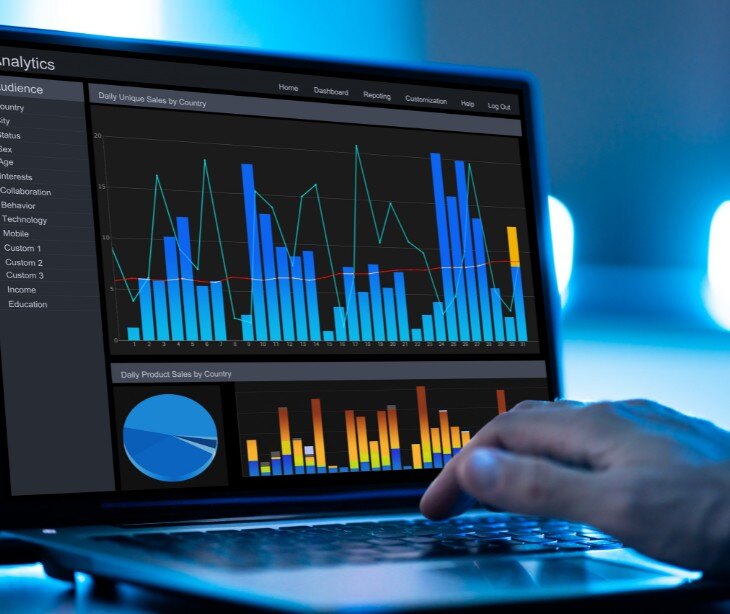
Integrating personal health record (PHR) systems and customer relationship management (CRM) represents a significant advancement in providing patient-focused healthcare. By seamlessly combining data and capabilities, this integration can transform medical service delivery by equipping providers with the tools they need to deliver tailored, streamlined care that comprehensively meets patients' unique needs.
CRM meets PHR
Healthcare CRM systems excel in managing patient interactions, facilitating appointments, and organizing communication. PHR systems securely store individual health records, providing patients access to their medical history and enabling them to actively participate in their care journey.
Go deeper:
Integration benefits
- Holistic patient view: Healthcare providers gain a unified view of patient data, from contact information and communication history to medical records and treatment plans. This comprehensive insight fosters informed decision-making and personalized care.
- Enhanced communication: Seamlessly linking CRM functionalities like appointment scheduling and reminders with PHR systems empowers healthcare organizations to engage patients effectively. Personalized reminders and health tips can be disseminated, fostering improved patient engagement and adherence to care plans.
- Streamlined operations: Integrated systems reduce redundancies and streamline workflows. Staff can efficiently access patient information, reducing administrative burden and enhancing overall operational efficiency.
- Data-driven insights: The synergy between CRM and PHR data opens avenues for robust analytics. Healthcare providers can derive valuable insights into patient behavior, preferences, and health trends, enabling proactive and preventive care strategies.
See also: How healthcare organizations can balance privacy and transparency in patient communication
The fundamental elements of a successful integration
- Interoperability standards: Adopting standards like HL7 or FHIR facilitates seamless data exchange between disparate systems, ensuring compatibility and smooth integration.
- Data security and compliance: Upholding stringent data security measures and compliance with regulations such as HIPAA are non-negotiable. Patient data confidentiality and integrity must remain sacrosanct.
- Training and support: Adequate training for healthcare staff is essential for harnessing the full potential of integrated systems. Proper guidance ensures efficient utilization and maximum benefits.
- Patient engagement: Engaging patients throughout the integration process is crucial. Education about the benefits of accessing their PHR data and actively participating in their care journey fosters a sense of empowerment and ownership.
- Continuous improvement: Regular assessments and feedback loops help fine-tune the integrated systems, addressing any operational bottlenecks and ensuring ongoing optimization.
See also: HIPAA compliant email marketing: What you need to know
Subscribe to Paubox Weekly
Every Friday we'll bring you the most important news from Paubox. Our aim is to make you smarter, faster.




